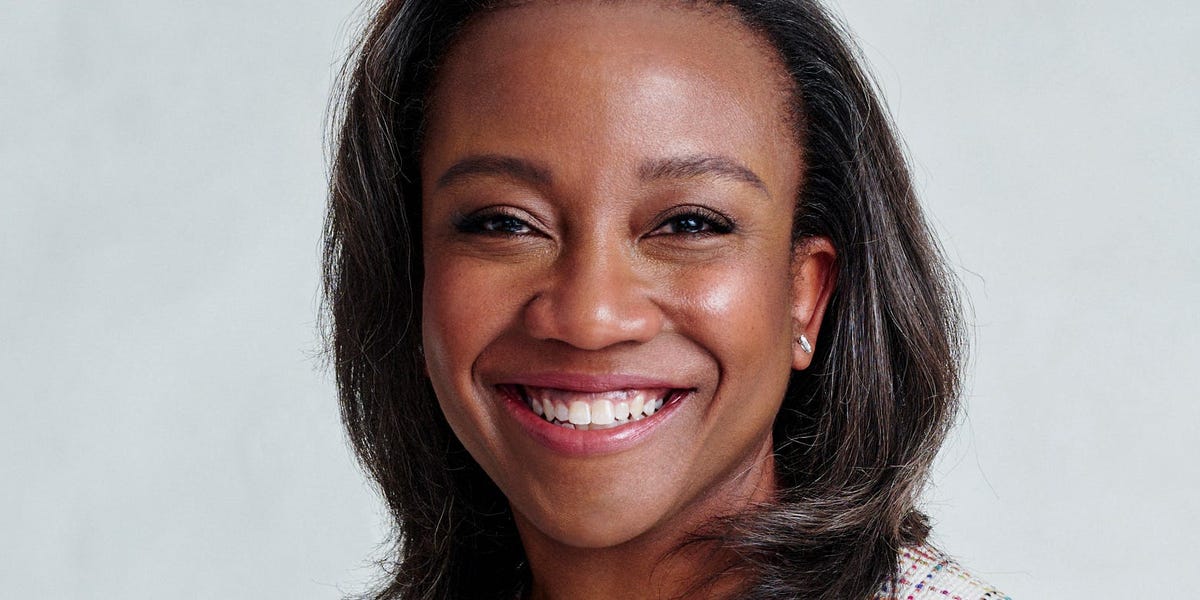On Monday, Deirdre Findlay started her first day as Sonos’ chief commercial officer, a newly-created position that’s an amalgam of chief marketer, chief revenue officer, and chief customer officer.
Findlay, who had served on the Sonos board for more than three years and previously worked at Google, Stitch Fix, and Condé Nast, came armed with a big plan to transform the company’s marketing strategy.
As a high-end speaker brand, Sonos has found itself in an enormously competitive category that has been plagued with weakening consumer demand.
“The categories of consumer electronics that we participate in remain challenged as conditions have not yet returned to what we would consider normal and we continue to see unprecedented levels of discounting by our competitors,” CEO Patrick Spence said during the company’s August earnings call. While he said Sonos’s products have gained share, the company’s revenue has struggled to grow in recent quarters, and Sonos reduced its 2023 fiscal guidance in May.
The company reports its fourth-quarter earnings on Wednesday.
Sonos is in 14 million households globally, but has only 2% of the audio market, and is in only 8% of 172 million affluent households, Findlay said. A big part of her mandate is to figure out how to grow that share substantially. Next week, Findlay said her team will start digging into what Sonos knows about its customers.
“The good news is, we actually have a ton of really rich insights on consumers,” she told Business Insider. “We’ll start with what we have and then figure out where there are gaps and opportunities for us to fill those gaps, so that the entire org is working from a common idea of who the customer is today, and who the customer is that we want to think about moving forward.”
If Sonos can get more of its existing customers to increase the amount of Sonos products they own, the company would be tapping a $5 billion opportunity, Spence had said during the company’s May earnings call. He added the company will invest aggressively to pursue it.
Findlay also needs to figure out how to convince new customers to buy Sonos products. The company has mostly focused on outfitting high-end home theaters, but it launched the second generation of its portable product Move in September, and a cheaper speaker product called Roam about two years ago.
Whether or not Sonos continues to target new consumers who want more affordable electronics is something that Findlay is still figuring out. “We have grown to have much more approachable price points, but to me, that hasn’t signaled that’s where we’re going yet,” she said. “The reason why I want to start with the audience development work and consumer insights work is so we can weigh those trade-offs as an organization and make an informed decision moving forward.”
Findlay also wants to make sure her unit works closely with Sonos’ product team, like she did when she was a senior marketer at Google promoting products like Chromecast and Google Home. “My job was to work very closely with product and engineering and bring the voice of the consumer into the room early in the process to help shape product,” Findlay said.
She’ll also tap her Google experience to juice Sonos’ relationships with its retail partners. Retailers have reduced Sonos inventory in recent quarters due to lower demand, and that’s a trend that will continue through the end of the year, Spence had said during the August earning call.
Findlay noted her Google experience optimizing relationships with retailers. “We showed up across the different channels, and did different marketing to optimize the relationship with Best Buy or Amazon,” she said. “I’ve been connecting those dots as a partner for many, many years.”
Read the full article here





